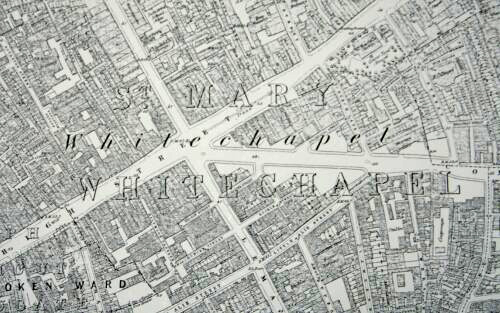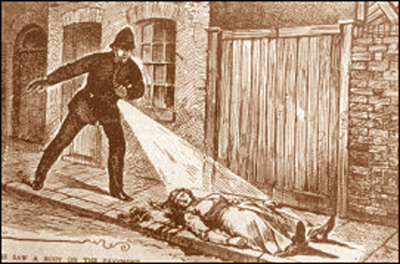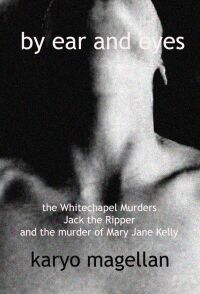|
A brief introduction
|
The Whitechapel Murders and those of Jack the Ripper are not generally one and
the same. Over a period of three years towards the end of the nineteenth
century a number of prostitutes were murdered under different
circumstances – the murder of prostitutes was not an especially unique
occurrence during those times but several of the murders drew particular
attention on account of the savagery with which the victim’s bodies
were mutilated. Within the Whitechapel Murders there was a group
that demonstrated sufficient similarities to suggest that they were
committed by the same person. One of the first well-documented instances of serial
murder was thus identified and sensationalised in the media as the work
of ‘Jack the Ripper’, nicknamed on the strength of
a hoax letter sent to the Central News Agency and claiming
responsibility for the killings. Jack the Ripper was a man, and the
killer surely was a man, who did not have the intention to merely kill
his victims; he needed to mutilate them. Such was the savagery of his attacks and the enthusiasm of the
press, that he successfully terrorised the environs of Whitechapel in
East London for several years. In spite of an extensive investigation of
the killings, Jack the Ripper was never apprehended nor convincingly identified.
The Ripper murders were conducted against
a backdrop of appalling deprivation and unimaginable poverty
among the poor of East London. The advent of industrialisation
resulted in widespread unemployment and with no social support other
than from charities many people could afford neither food nor lodgings. The employment situation was even worse for women and
it is little wonder that many had no alternative but to resort to
prostitution as a source of income.
The newspapers of the day were as colourful and inaccurate in much of
their editorial reporting as the police forensic investigations were
limited through lack of investigative techniques. Even the identification of
bodies was dependent largely upon facial recognition, distinguishing
marks, or papers on the corpse. Misidentification of bodies, either by
accident or design, especially those subject to decomposition and
including the very many corpses pulled from the Thames, must have been
commonplace.
Fingerprinting techniques were still being developed; a classification scheme
appeared in 1901 and first
used in a trial in the UK in 1902. Dental records were non-existent and
blood grouping only developed after the identification of the different
types in 1901. From that it became possible to
serologically identify other body fluids. DNA was not discovered until
1953 and the unique identification of individuals by DNA profiling did
not follow until 1985. In 1910, an important principle of forensic
science was established by Edmund Locard who suggested that every
contact leaves a trace; a criminal will always carry away with him some
trace from the scene of the crime and will leave behind some trace of
his presence. This is the very foundation of forensic science that has
led to the development of ever more sophisticated techniques to detect
increasingly minute traces of uniquely identifiable material. But those investigating the Whitechapel murders had the benefit of none of
these techniques, so they did the best that they could. Unfortunately it
was not sufficient at the time to lead to the arrest and conviction of
the man responsible, but at least the investigators left behind a record
of their findings and deliberations.
Speculation inevitably outweighs
fact by a considerable margin in an issue such as this but these pages
are concerned only with the facts of the cases that were made available
through newspaper reports of the inquests and public documents released
at the time of the murders, or later by the National Archives. This
is an attempt to unravel the tangle by an objective and empirical
examination of information from crime scene and post mortem examination
of the victims. Pre-digested information such as speculative newspaper
reports, and statements from witnesses other than those called in a
professional capacity have been avoided since theirs is largely
subjective testimony that confounds more than it informs. The full
details of this exercise have now been published in a book entitled By
Ear and Eyes and much of the interpretation on these pages is based
upon the extensive and revised tabulations of all data relevant to
the murders as presented in the book.
I have not attempted to identify a named
suspect and in the course of an
objective appraisal it is quite wrong to start with a suspect and then
attempt to make the facts fit as so many investigators have
done. Such an approach unavoidably leads to a skewed interpretation.
|



